6. Dallas Buyers Club
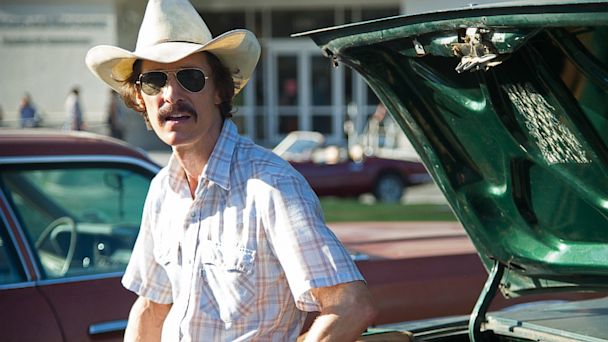
The man who established the Dallas Buyers Club and the centre of the film, Ron Woodroof, sadly died only a month after eventual screenwriter Craig Borten met him and recorded hours of interviews, in September 1992, but one would like to think that he would approve of the final film of his life. Woodroof’s story initially rose to prominence in a noted article in the Dallas Morning News, attracting Borten’s attention through a friend. Borten wrote a script and attempted to gain funding in 1996 through Columbia Pictures but failed.
Partnering with Melisa Wallack in 2000, the duo’s revised script was sold to producer Robbie Brenner but a version with Marc Forster directing for Universal Pictures fell through. Over the next eight years, several rewritings were rejected before Brenner decided to use Borten and Wallack’s original script; director Jean-Marc Vallee and actor Matthew McConaughey both approved and the project would be released by 2013 to significant critical acclaim.
7. Deadpool
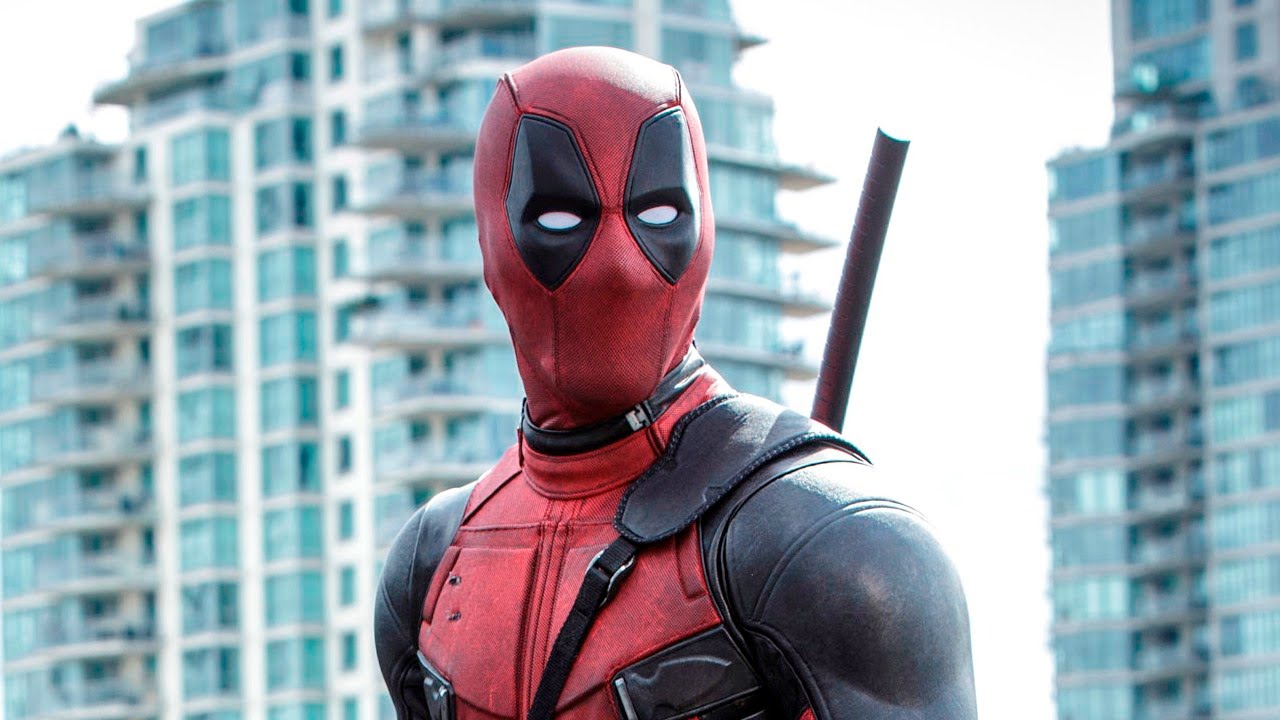
The R-rated superhero film became an unexpected phenomenon upon its eventual release in 2016 but its star Ryan Reynolds had been attached to the project for over a decade. 20th Century Fox had expressed their interest in creating a film about the comic character in 2005 and Deadpool would make an initial cameo appearance in 2009’s X-Men Origins: Wolverine.
After the success of Wolverine, development officially begun, with a different version of Deadpool being used than was seen in his cameo, returning to the witty and slapstick nature of his comic-self. Reynolds starred in another superhero film during this time, 2011’s Green Lantern, and the film was so poorly received that Fox became hesitant on the future of Deadpool.
Director Tim Miller was given a vastly reduced budget to produce test footage, which failed to impress executives. When test footage was leaked online in 2014, however, the enthusiastic response swayed Fox and they gave the film a release date of 2016.
Reynolds would later state that the project was only given the go-ahead due to the leak. The crew were given a smaller budget than expected but it allowed them to make the film exactly as they envisioned it and the results were strong: Deadpool became not only the highest-grossing X-Men film but also the highest-grossing R-rated film of all time.
8. Alien vs. Predator
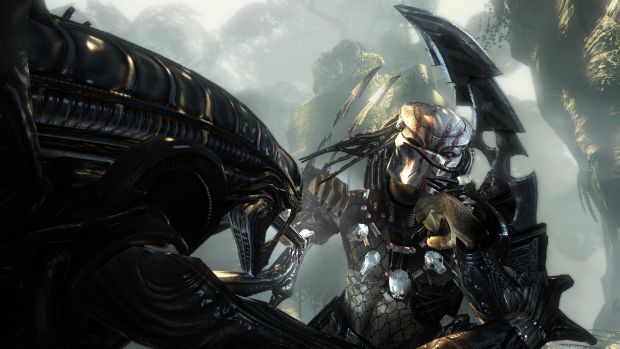
The crossover between Alien and Predator came to fruition in comic books created by Randy Stradley and Chris Warner in 1989. Bringing together these characters was naturally a money-maker and screenwriter Peter Briggs successfully pitched his screenplay to the owners of the franchises, 20th Century Fox, in 1991. Mostly due to production of Alien: Resurrection (1997), the fourth installment in the Alien series, the project didn’t begin until 2002.
Difficulties arose due to the amount of producers involved between the two franchises but director Paul W. S. Anderson impressed with a script he had been working on for eight years. Upon release in 2004, negative reviews tarnished the film but didn’t stop a second installment in the new crossover franchise being released three years later, named Aliens vs. Predator: Requiem.
9. The Hobbit
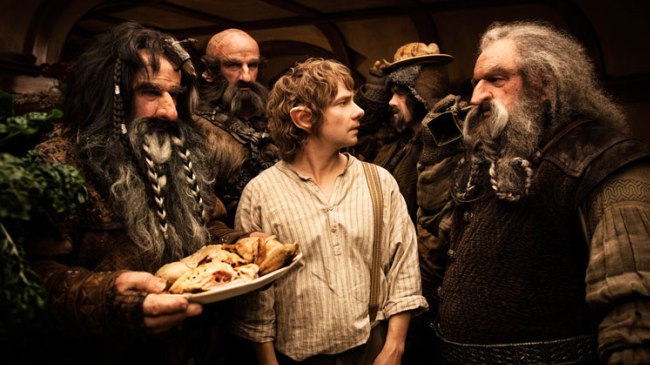
The Hobbit series followed the iconic The Lord of the Rings trilogy but Peter Jackson wanted to adapt the former first, back in 1995. Various technical frustrations between studios blocked this from happening, leading to The Lord of the Rings being realized first. In 2007, New Line and MGM announced that Jackson would merely executive produce the the series.
In 2008, however, problems arose when the Tolkien Estate and HarperCollins Publishers filed an expensive lawsuit against New Line for breach of contract. As well as demanding financial compensation, they attempted to stop the filming of The Hobbit; a settlement luckily was reached the following year, allowing the project to continue.
Noted fantasy director Guillermo del Toro was hired to direct the film and the Mexican spent the pre-production phase extensively reading Tolkien’s books and materials, to prepare him for the challenge ahead. The director would sadly leave the project in 2010 because of ongoing delays, especially as a result of MGM’s financial issues. Names like Neill Blomkamp and David Yates were mooted to replace him but Jackson took over proceedings.
Always envisioned as two films, Jackson soon confirmed that he had turned the project into a trilogy, drawing out the source material. The first film, An Unexpected Journey, was released in 2012 and although they proved less popular critically as The Lord of the Rings, The Hobbit series unsurprisingly dominated the box-office.
10. Mad Max: Fury Road
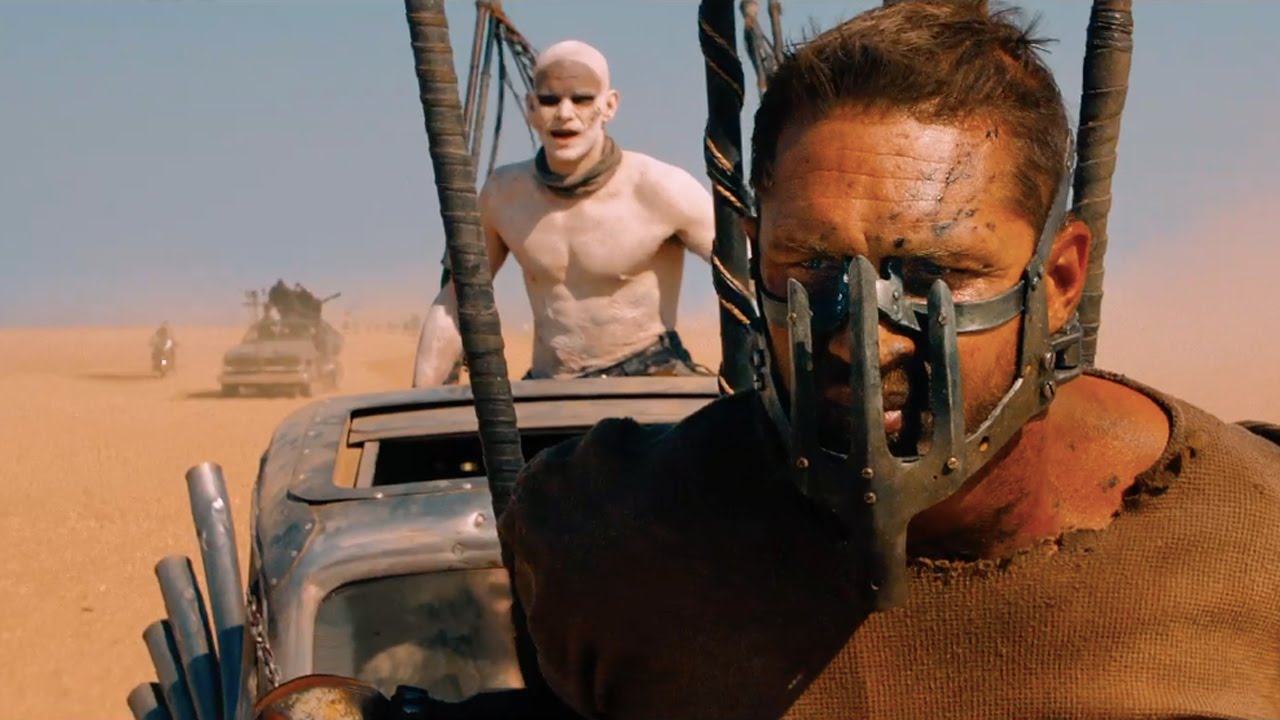
Director George Miller had planned out a fourth installment in his Mad Max series back in the mid 1990’s but met with several stumbling blocks. After re-acquiring the rights from Warner Bros., production was proposed for 2001 with 20th Century Fox but the events of 9/11 would prove untimely: due to the American dollar price collapsing against the Australian dollar, the budget for the film skyrocketed.
High-profile controversies surrounding original star Mel Gibson meant re-casting of the main role was required also. An Australian shoot was shelved in 2003 because of rainfall before an alternative shoot in Namibia was shut down because of tightened security restrictions resulting from the Iraq War. Miller even considered making an animated version of his idea but switched back to live-action in 2009. Years of speculation ended when Miller announced commencement of the project, with Tom Hardy in the lead role.
Moving filming again to Namibia, production was completed by the end of 2012 but reshoots and extensive editing meant the film didn’t reach theatres until 2015. The wait was certainly worth it, however, as Fury Road was hailed as one of the greatest action films of all time, justifying Miller’s patience and belief.